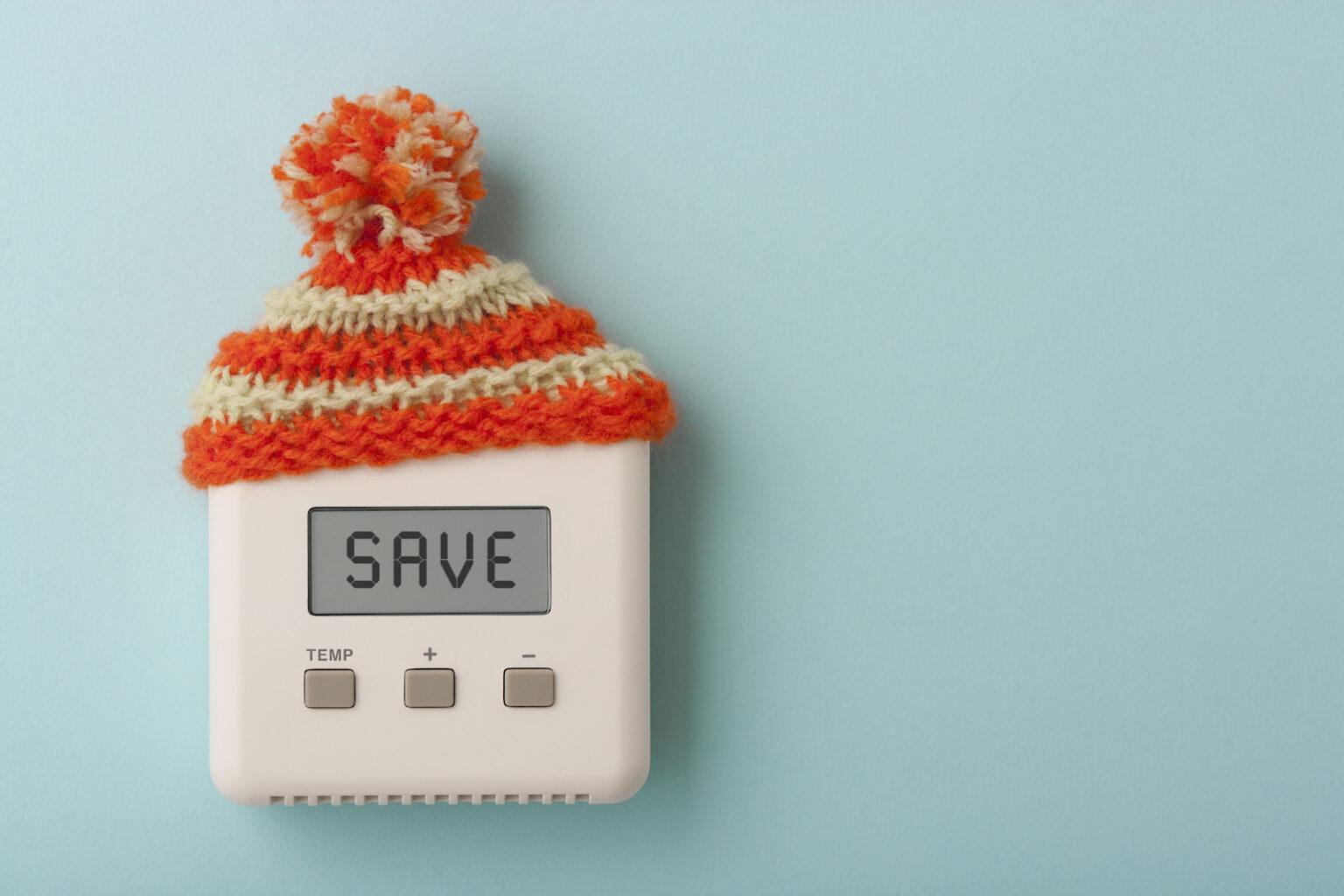HVAC Tips & Tricks4min read
7 Ways To Lower Heating Costs
Discover the secrets to a warm and cozy home this fall and winter, without breaking the bank. Unlock valuable tips to lower your heating bill while staying comfortably snug.

Discover the secrets to a warm and cozy home this fall and winter, without breaking the bank. Unlock valuable tips to lower your heating bill while staying comfortably snug.

Getting Started Guide
Learn helpful HVAC tips and tricks before you purchase your system.
Warranty & Registration
A healthy HVAC system can last longer and save money. Maintain your system with these tips.
Dealers can answer questions, help you find the right products for your home, and repair your system.
Connect with our Customer Care team about your products, warranties, and dealer concerns.
Available Monday – Friday from 7am to 5pm CST
A phone